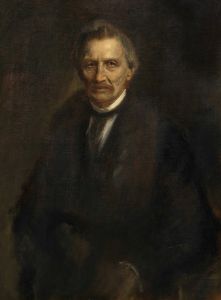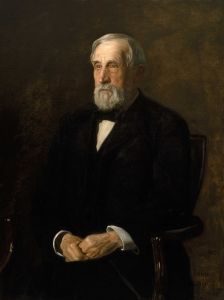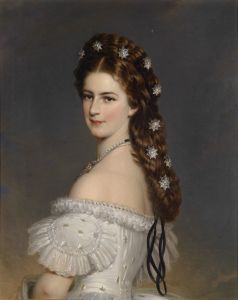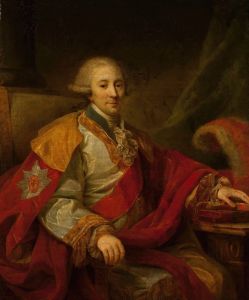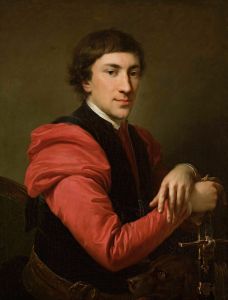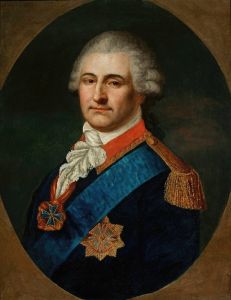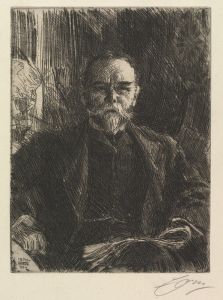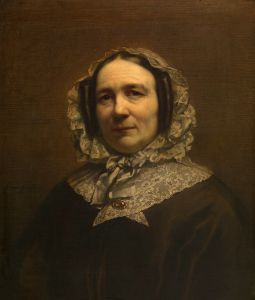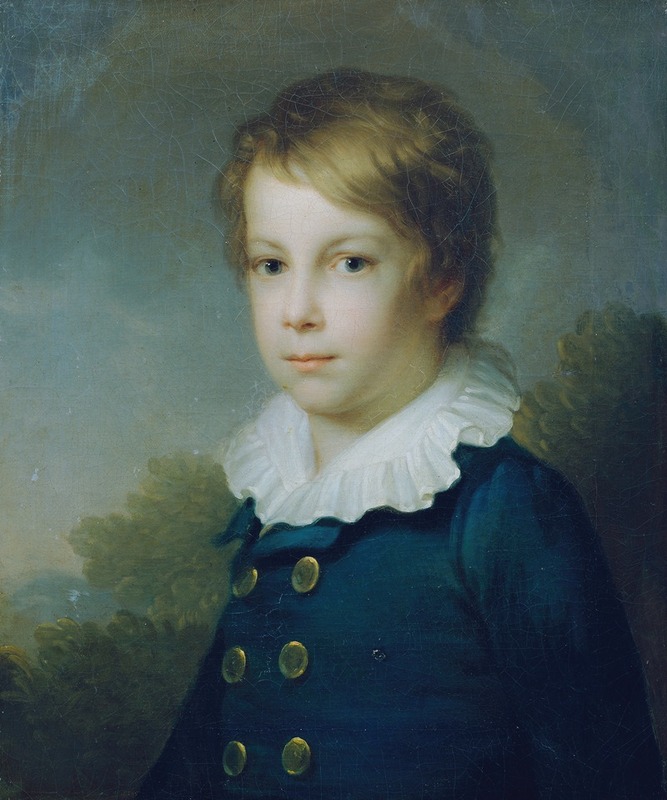
Alessandro Lampi
A hand-painted replica of Johann Baptist von Lampi the Elder’s masterpiece Alessandro Lampi, meticulously crafted by professional artists to capture the true essence of the original. Each piece is created with museum-quality canvas and rare mineral pigments, carefully painted by experienced artists with delicate brushstrokes and rich, layered colors to perfectly recreate the texture of the original artwork. Unlike machine-printed reproductions, this hand-painted version brings the painting to life, infused with the artist’s emotions and skill in every stroke. Whether for personal collection or home decoration, it instantly elevates the artistic atmosphere of any space.
Johann Baptist von Lampi the Elder was an Austrian portrait painter of the late 18th and early 19th centuries, renowned for his ability to capture the likeness and character of his subjects with great skill. He was born on December 31, 1751, in Romeno, in the County of Tyrol, which was then part of the Habsburg Monarchy. Lampi the Elder became a prominent figure in the art world, particularly known for his portraits of European nobility and royalty.
One of his notable works is the portrait of his son, Alessandro Lampi. Johann Baptist von Lampi the Elder had a significant influence on his son, Alessandro, who also pursued a career in painting. The portrait of Alessandro Lampi by his father is a testament to the familial and artistic bond between them. This painting is an example of how Johann Baptist von Lampi the Elder's work often combined personal and professional elements, showcasing not only his technical prowess but also his ability to convey the personality and essence of his subjects.
The portrait of Alessandro Lampi is characterized by the meticulous attention to detail and the realistic representation that Johann Baptist von Lampi the Elder was known for. His style was influenced by the neoclassical movement, which emphasized clarity, order, and balance. This influence is evident in the composition and execution of the portrait, where the subject is depicted with a sense of dignity and poise.
Johann Baptist von Lampi the Elder's portraits were highly sought after by the European elite, and he worked in various cities, including Vienna, Warsaw, and St. Petersburg. His ability to capture the subtleties of expression and the richness of attire made his works particularly appealing to his patrons. The portrait of Alessandro Lampi reflects these qualities, with careful attention given to the textures of clothing and the play of light and shadow on the subject's face.
The painting not only serves as a representation of Alessandro Lampi but also as a reflection of the artistic environment of the time. It provides insight into the techniques and styles that were prevalent in portrait painting during the late 18th and early 19th centuries. Johann Baptist von Lampi the Elder's work, including the portrait of his son, is an important part of the cultural heritage of this period, offering a glimpse into the lives and appearances of individuals from that era.
In summary, the portrait of Alessandro Lampi by Johann Baptist von Lampi the Elder is a significant work that exemplifies the artist's skill in portraiture. It highlights the personal connection between the artist and his subject, while also showcasing the broader artistic trends of the time. Johann Baptist von Lampi the Elder's contributions to the art world continue to be appreciated for their technical excellence and historical value.





